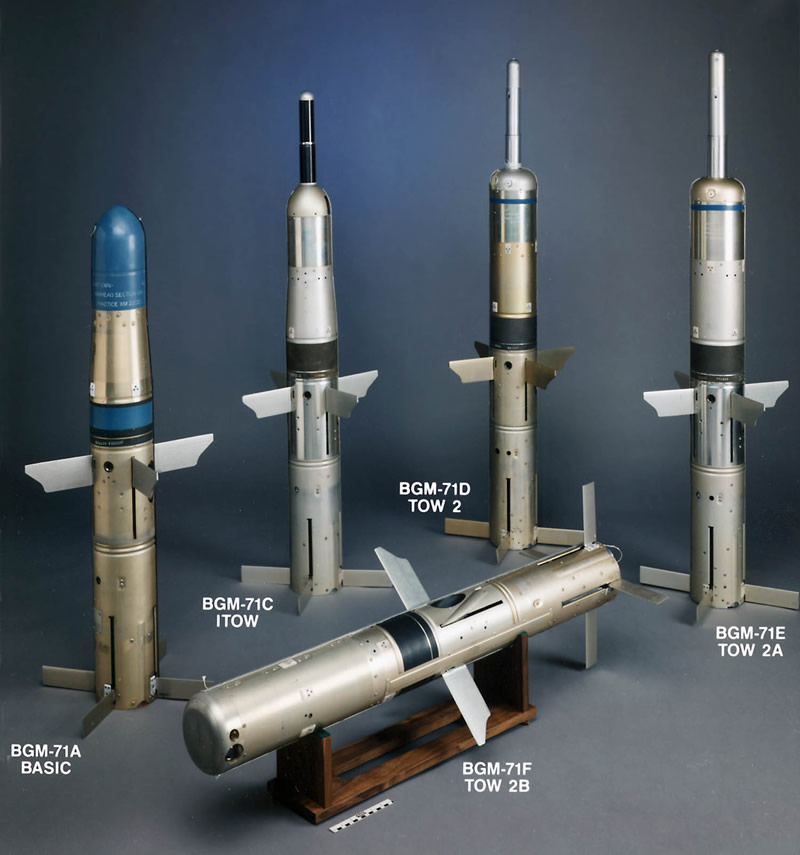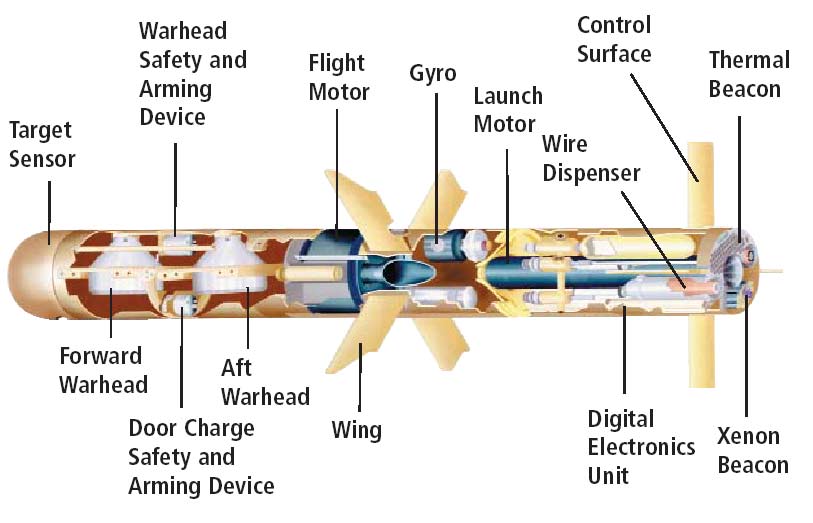NoahTurner
New Member
- Joined
- Jan 25, 2016
- Messages
- 2
- Reaction score
- 0
Hello, Rocketry Forum. As you can see, this is my post #1, which is coincidentally the same as the number of rockets I have ever built and launched. I am far from an expert in this field, but I have been lurking here for a little while, and I think I have found the experts. I am hoping to get some help on a project I am currently developing. (I have not started to build yet, it is still in the design phase. I would like to finalize the design before buying all the materials.)
This is a website I built to quickly present the whole thing. https://therootword.com/blackbird
It includes the .ork file, full written specifications, pictures, and some details on the project itself, as well as some other things.
The short version:
-High-powered rocket
-Carbon fiber construction
-6'7" / 202 cm length
-3.72 kg / 8.20 lb mass
-1210 N*s J140 motor
-Simulates to 1.02 mi / 1.65 km
The interesting part:
-Autonomous active stabilization, powered by Arduino with gyro, accelerometer, and pressure sensor, with four servos and control fins
-Altitude cut-off
-On-board video
-Post-landing GPS tracking
I have tried to be thorough with this, and while there are pages of calculations and notes that have not been uploaded, the website covers most of the important points. That being said, I am sure there are naive errors and omissions, so I look forward to all of you ripping it apart.
Thank you in advance for your criticism and feedback.
This is a website I built to quickly present the whole thing. https://therootword.com/blackbird
It includes the .ork file, full written specifications, pictures, and some details on the project itself, as well as some other things.
The short version:
-High-powered rocket
-Carbon fiber construction
-6'7" / 202 cm length
-3.72 kg / 8.20 lb mass
-1210 N*s J140 motor
-Simulates to 1.02 mi / 1.65 km
The interesting part:
-Autonomous active stabilization, powered by Arduino with gyro, accelerometer, and pressure sensor, with four servos and control fins
-Altitude cut-off
-On-board video
-Post-landing GPS tracking
I have tried to be thorough with this, and while there are pages of calculations and notes that have not been uploaded, the website covers most of the important points. That being said, I am sure there are naive errors and omissions, so I look forward to all of you ripping it apart.
Thank you in advance for your criticism and feedback.






